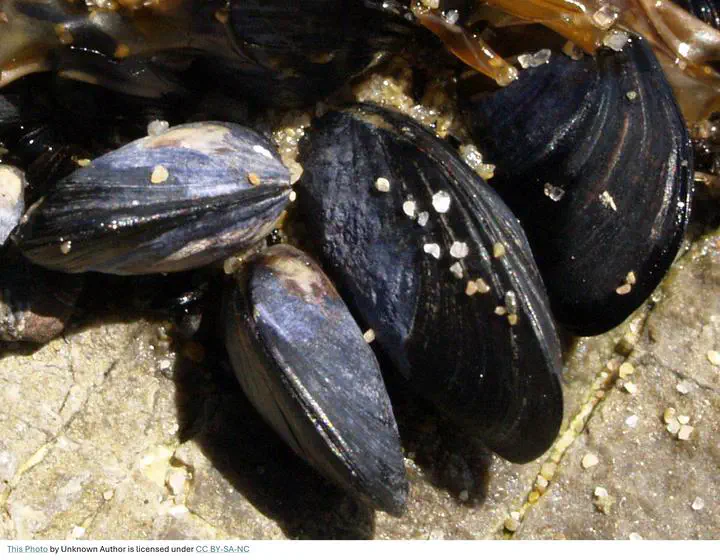
Abstract
The ability of intertidal organisms to attach to underlying substrates is essential to their persistence and survival in the tough wave-swept shore. Attachment strength of organisms has long been recognized as the outcome of complex interactions between adhesives, biomechanics, and substrate rugosity. Yet the properties of substrates change based on environmental conditions, i.e. the experienced heat of a blacktop in the shade is lower than in the sun. Similarly, in wave swept environments the experienced strength, or cohesion, of a surface varies in response to the external fluid forces acting on that surface. This experienced strength, or ‘substrate mobility’, has been implicated in the broadscale patterns observed in marine communities (Cramer and Katz 2020), but has not been investigated on a fine scale. In this experiment we tested the influence of substrate mobility on the attachment of Mediterranean mussels, ‘Mytilus galloprovincialis’. We allowed mussels to adhere to substrates of varying strengths across treatments of increasing shear stress. Attachment was assessed based on the number of byssal threads and the force per thread for mussel detachment. Results show the relationship between attachment and substrate strength/shear stress varies depending on substrate properties. Mussel attachment at low shear stresses responds to substrate strength alone, while at high fluid forces stronger substrates allow for stronger adhesion. This complex relationship hints at underlying limits to attachment universal across all intertidal organisms and merits further investigation, particularly in softer ‘hard’ substrates.
Poster Presentation for 2025 ESA. This prject was funded by NSF BIO-OCE.